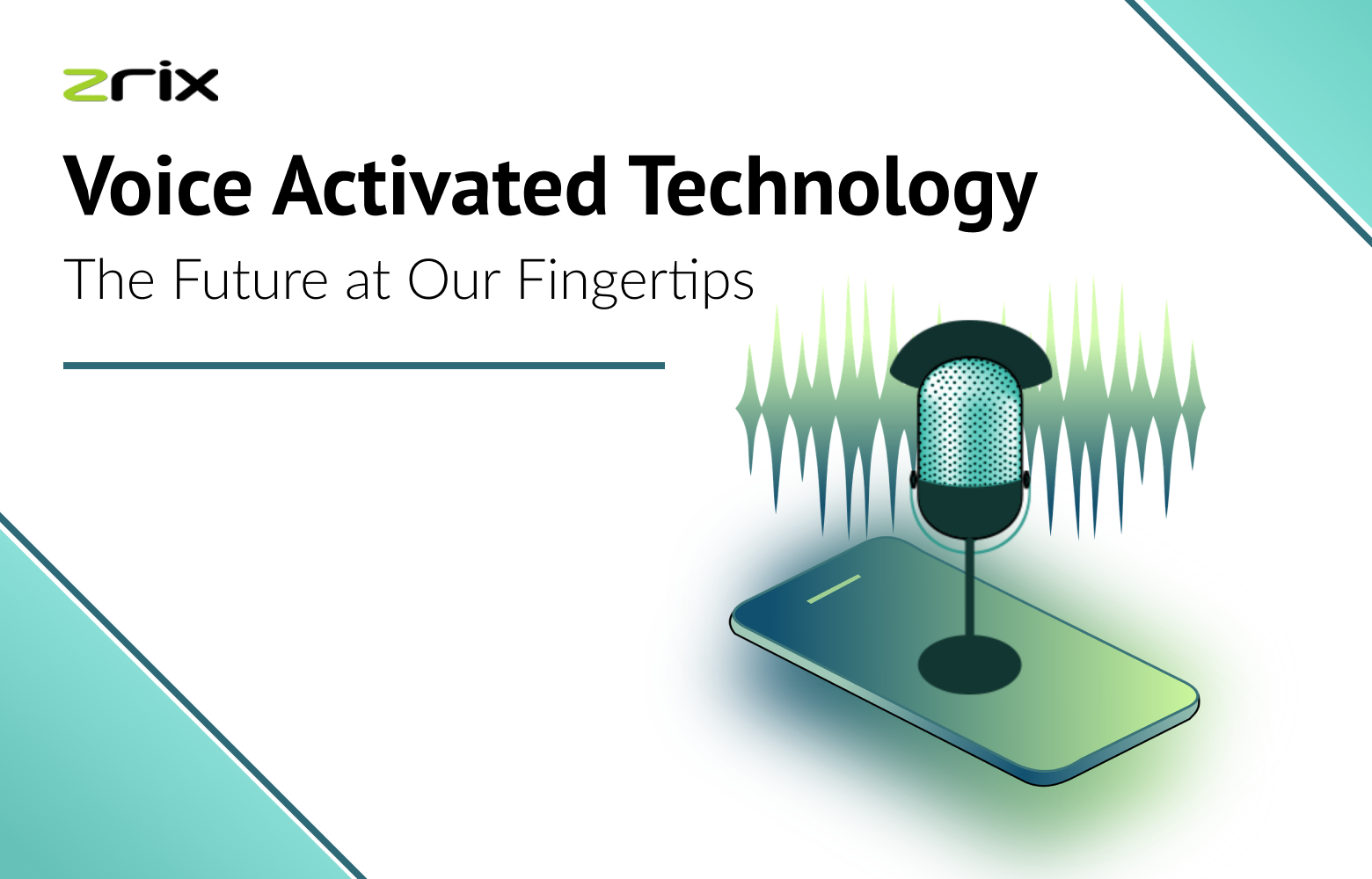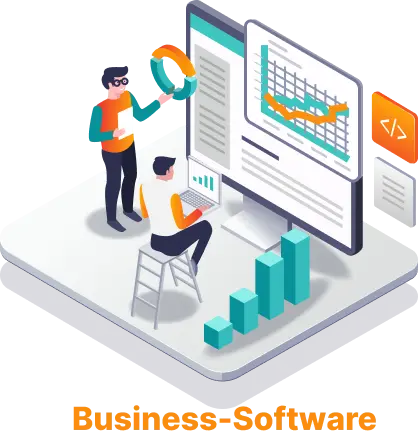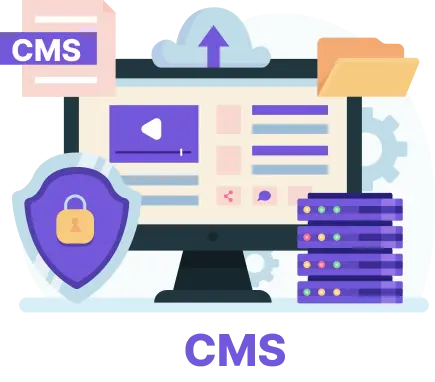Voice Activated Technology: The Future at Our Fingertips

Introduction
Voice-activated technology has fastest transformed from a sci-fi fantasy to an integral part of our daily lives. Whether you're asking Siri for the weather forecast, telling Alexa to play your favourite song, or using Google Assistant to set reminders, voice-activated tech is everywhere. As this technology continues to evolve, it promises to reshape how we interact with devices, making technology more accessible, intuitive, and integrated into our lives.
Quick Navigation
What is Voice Activated Technology?
Voice-activated technology, also known as voice recognition or voice command technology, enables devices to understand and respond to human speech. This technology relies on sophisticated algorithms and machine learning to process spoken language, recognize commands, and execute tasks.
Key Components of Voice Activated Technology
1. Automatic Speech Recognition (ASR)
ASR systems convert spoken language into text. This involves complex processes of acoustic modeling, language modeling, and decoding to accurately capture what is being said.
2. Natural Language Processing (NLP)
NLP enables the system to understand and interpret the meaning of the text generated by ASR. This includes understanding context, intent, and the nuances of human language.
3. Text-to-Speech (TTS)
TTS technology allows the system to respond to users with spoken language, creating a conversational interface.
Applications of Voice Activated Technology
1. Smart Home Devices
Smart speakers like Amazon Echo, Google Home, and Apple HomePod are central to modern smart homes. These devices can control lights, thermostats, security systems, and other connected devices through simple voice commands, enhancing convenience and accessibility.
2. Mobile Assistants
Voice assistants like Siri, Google Assistant, and Bixby have become indispensable on smartphones. They help users with tasks such as setting reminders, sending texts, making calls, and providing navigation, all hands-free.
3. Automotive Industry
Voice-activated technology is revolutionizing the driving experience. In-car assistants like Amazon Alexa Auto, Google Assistant, and Apple CarPlay allow drivers to control navigation, entertainment, and communication while keeping their hands on the wheel and eyes on the road.
4. Healthcare
In healthcare, voice technology is used to assist doctors and nurses in accessing patient records, dictating notes, and even performing diagnostic tasks. This technology helps reduce the burden of administrative tasks and allows healthcare professionals to focus more on patient care.
5. Customer Service
Voice bots and IVR (Interactive Voice Response) systems are improving customer service by handling routine inquiries, guiding customers through processes, and freeing human agents to handle more complex issues.
Benefits of Voice Activated Technology
1. Accessibility
Voice technology makes technology accessible to people with disabilities, particularly those with visual impairments or limited mobility. It allows them to perform tasks and access information without needing to interact with a screen or keyboard.
2. Convenience
Voice commands are often faster and more convenient than typing or navigating menus. They allow users to multitask and perform actions hands-free, making daily routines more efficient.
3. Natural Interaction
Voice is a natural mode of communication, and voice-activated technology makes interactions with devices more intuitive. This reduces the learning curve associated with new technologies and makes them more user-friendly.
Challenges and Considerations
Despite its many benefits, voice-activated technology still faces several challenges:
1. Accuracy and Understanding
Accurate voice recognition can be difficult, especially in noisy environments or with users who have strong accents or speech impediments. Continuous improvements in machine learning and AI are addressing these challenges, but perfection is still a goal.
2. Privacy and Security
Voice-activated devices often need to be always listening for their wake words, raising concerns about privacy and data security. Ensuring that voice data is handled securely and transparently is crucial to maintaining user trust.
3. Context and Ambiguity
Understanding the context and nuances of human language is complex. Voice assistants can misinterpret commands or struggle with ambiguous requests. Advanced NLP and contextual understanding are areas of ongoing research.
The Future of Voice Activated Technology
The future of voice-activated technology is incredibly promising. As AI and machine learning continue to advance, we can expect voice recognition to become even more accurate and capable.
Future developments may include:
More Natural Conversations: Voice assistants will become better at understanding context, holding natural conversations, and providing more relevant and personalized responses.
Increased Integration: Voice technology will be integrated into more devices and applications, from household appliances to enterprise software.
Multilingual Capabilities: Enhanced support for multiple languages and dialects, making voice technology accessible to a broader audience.
Improved Security: Advanced encryption and authentication methods to protect user data and ensure privacy.
Conclusion
Voice-activated technology is revolutionizing the way we interact with the digital world. Its applications are vast and varied, improving convenience, accessibility, and user experience across many domains. While challenges remain, ongoing advancements in AI and machine learning are continually enhancing the capabilities and reliability of voice recognition systems. As we move forward, voice technology will undoubtedly become an even more integral part of our lives, shaping the future of human-computer interaction.













